According to electronic sound alchemist Thompson, Phonotopological technically qualifies as an acousmatic work because the acoustic elements used as a starting point are often obscured by extensive transformational treatments; in addition to the application of resonance filtering techniques, Metasynth, Csound, Trajectory, Sound Particles, and Spat Revolution are cited as tools used to produce the album’s thirteen parts.
The Strong Eye, composed and recorded in 1991 at the studios of the Danish Institute of Electroacoustic Music, might be seen as a progenitor of sorts for Phonotopological. On that earlier outing, Thompson merged transformed flute, piano, cello, percussion, and vocal elements with environmental and synthetic sounds. As longtime Thompson listeners already know, this marriage of the acoustic and the synthetic has been a running theme throughout his creative life (he dates 1976 as the year of his first major electronic work, which he created using a large Moog Series III synthesizer and two four-channel tape recorders).
“Proximity” quickly establishes the new recording’s utra-dense, microsound universe. In this album tone-setter, glassy sonorities and electronic creature noises intermingle alongside tendrils of sitar-like shimmer. Shifts in sound design and dynamics announce the change from one part to the next, with Thompson accentuating a different acoustic sound source in each track, even if it’s next to impossible to identify it after its originating character has been altered by processing treatments. That said, certain instrument sounds do appear to assert themselves, whether it be the gleam of an organ during “Accumulation,” the percussive tinklings of chimes in “Clopen,” or the glisten of harpischord-like sounds during “Local Flatness.”
While the activity level in any given track is plentiful, Thompson generally opts to relax the listener with placidity (“Phase Space” a representative example) rather than fray the nerves with turbulence, even if the ascending pitch-shifting that occurs in “Connectedness” induces a strong sense of vertigo. It’s also not uncommon for traces of a gamelan influence to emerge, and while the shift from one part to the next is discernible, he smoothens the transitions by having the work advance without pauses between the tracks and by sequencing them to promote a natural and logical progression (accompanying the digital version of the release is an unindexed, seventy-nine-minute mix that obviously bolsters Phonotopological‘s identity as a large-scale single work as opposed to one made up of individual pieces).
Issued on the San Francisco, California-based Acousmatique label, Phonotopological is no minimal exercise. Rather than reduce each part to a single instrument sound or two, Thompson opts for a multilayered approach that turns each track into a rich, ever-evolving panorama of aural stimulation, the experience of listening to the material analogous to the visual overload of a Hall of Mirrors visit. Phonotopological makes for a fine addition to what’s grown into a remarkable, decades-spanning discography by a creative force resolutely committed to moving forward.
— Textura

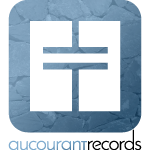

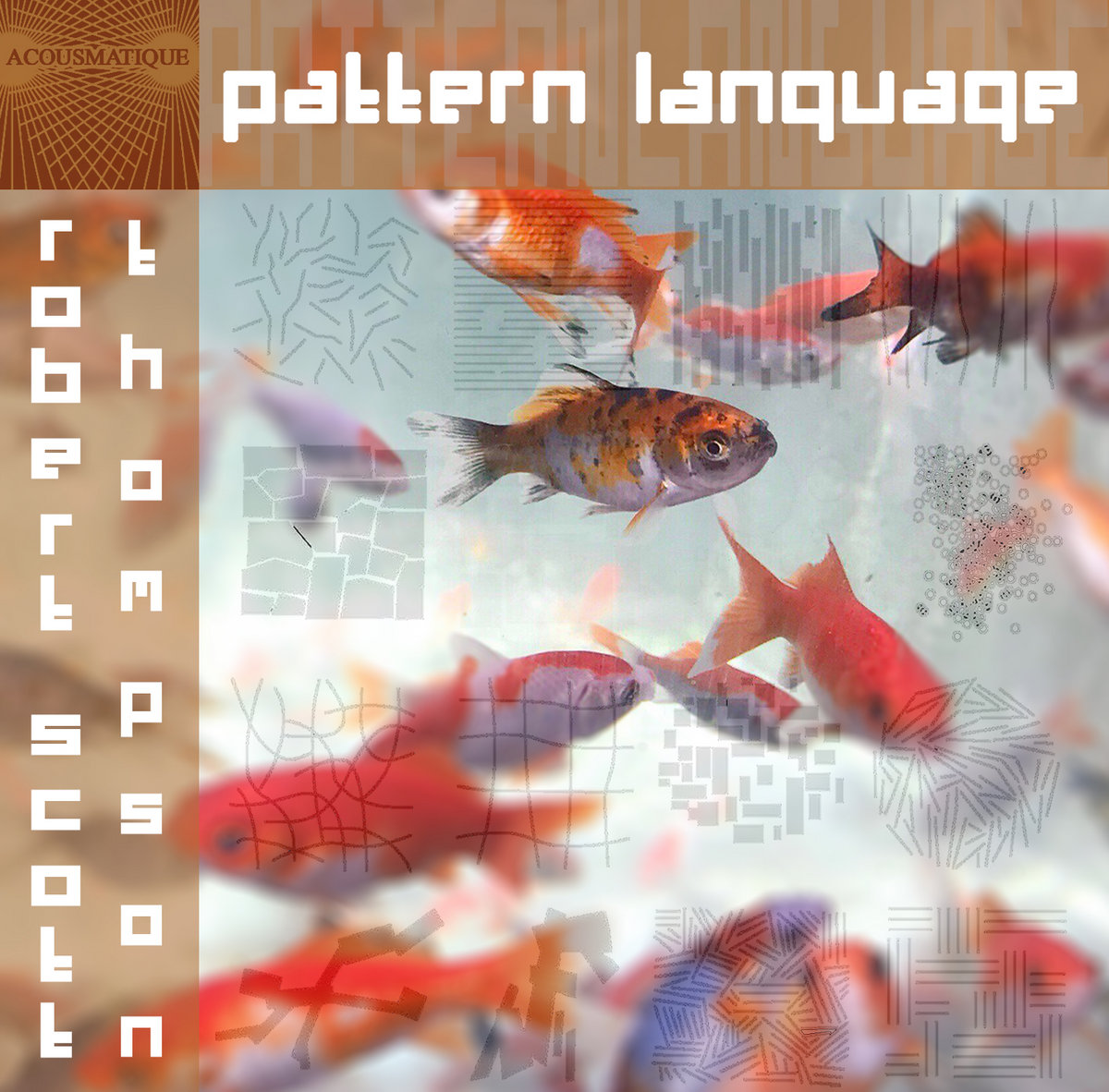
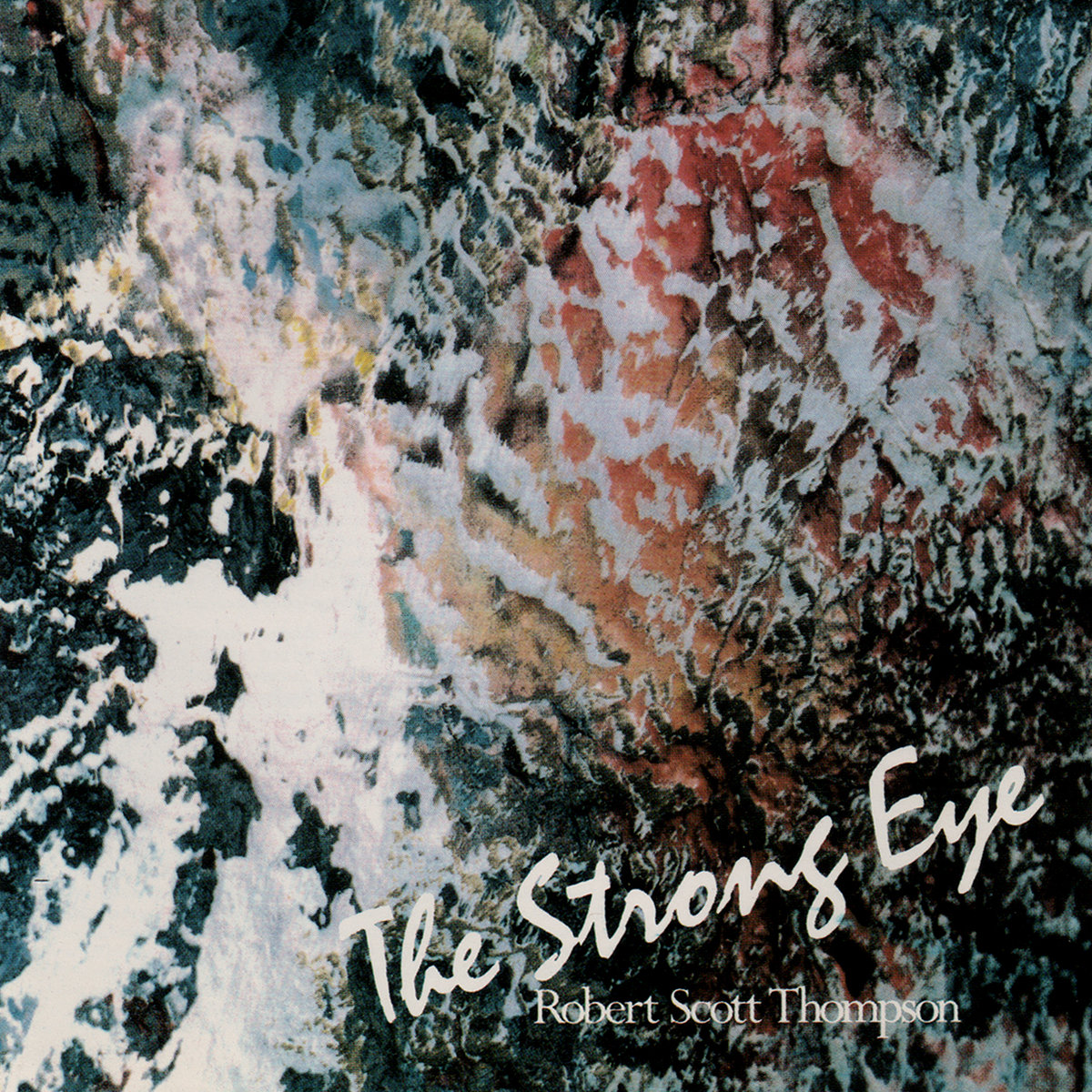
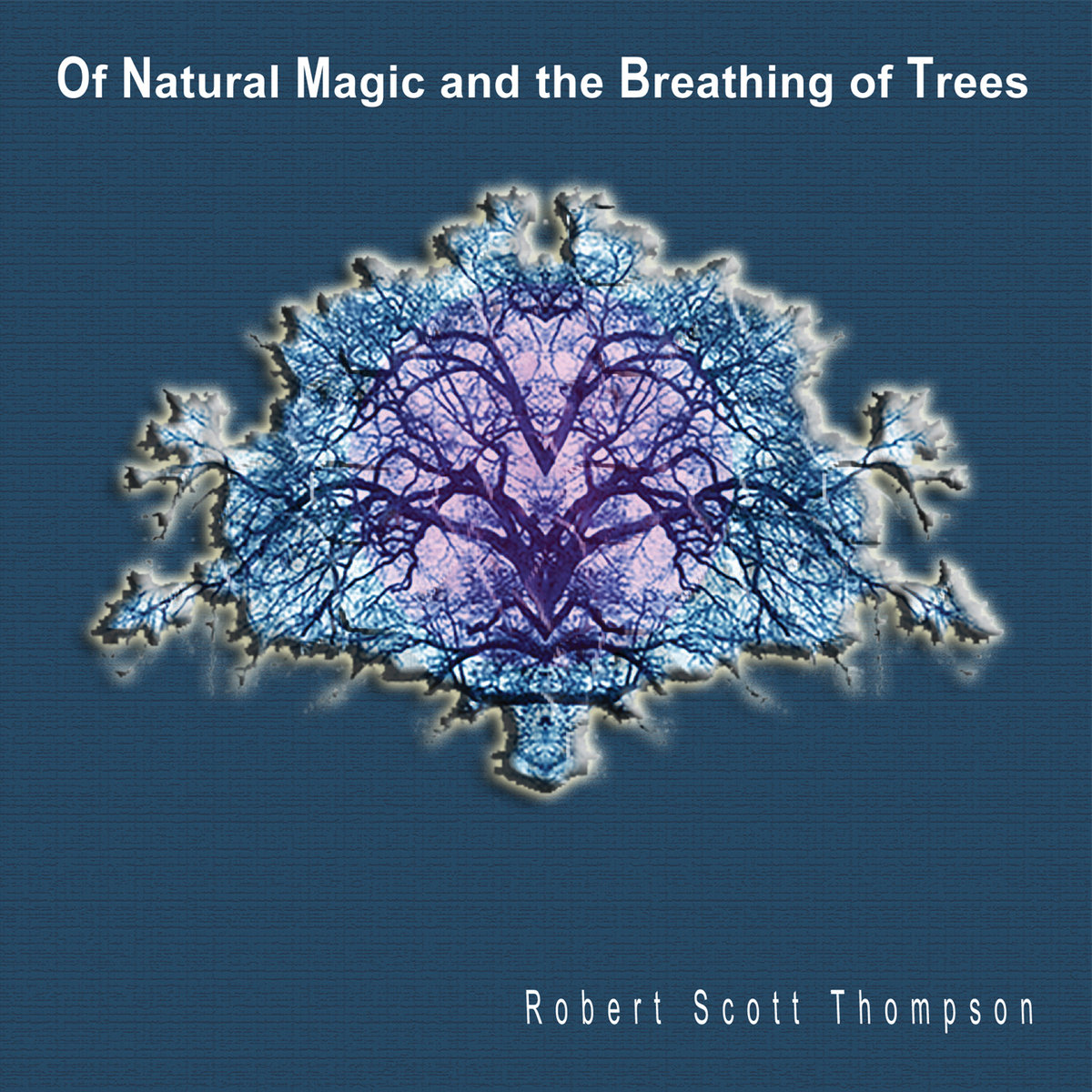
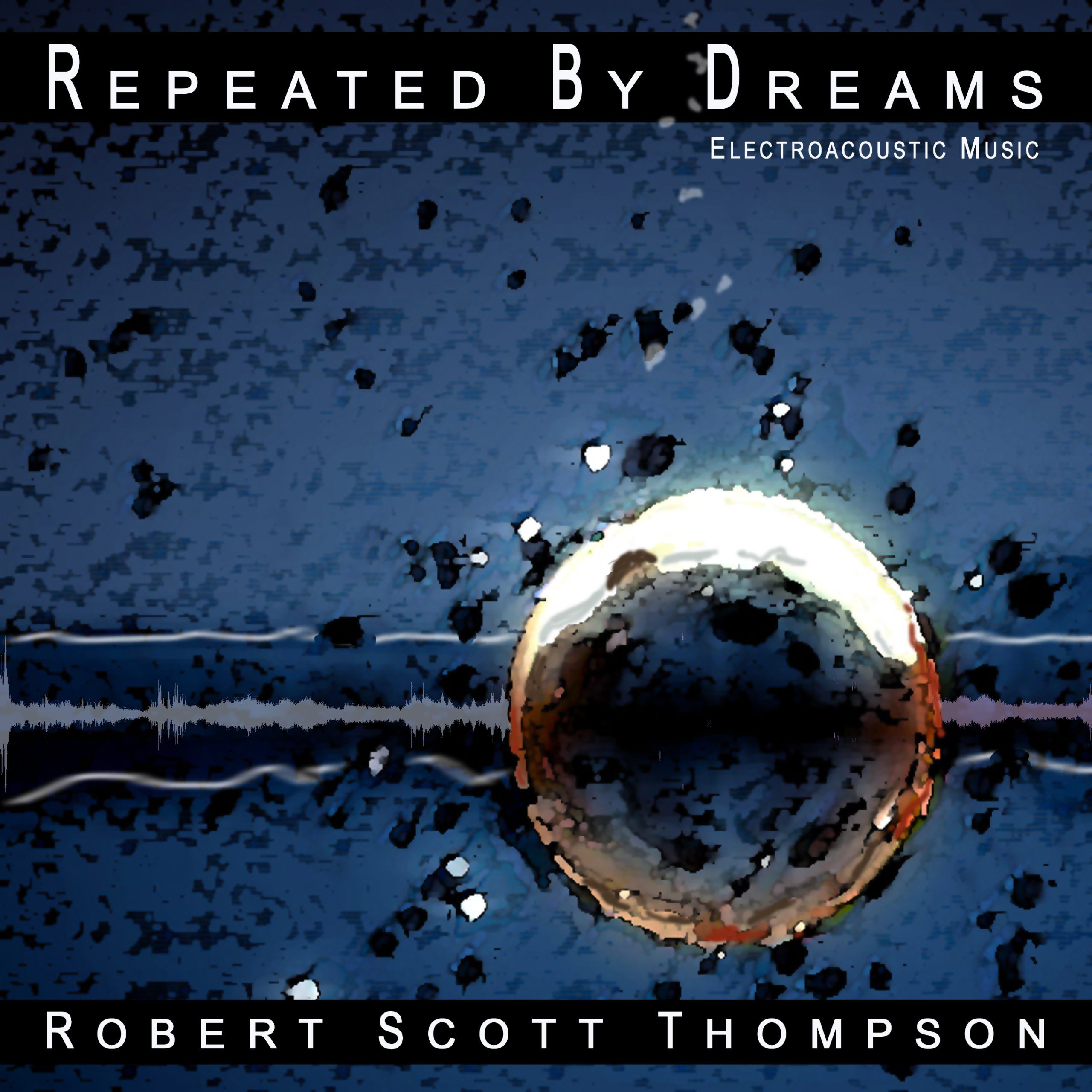
Reviews